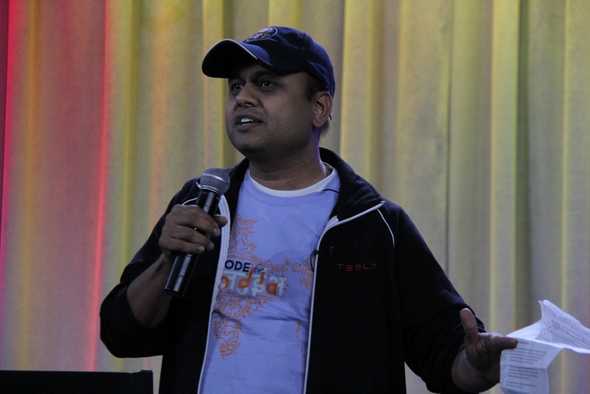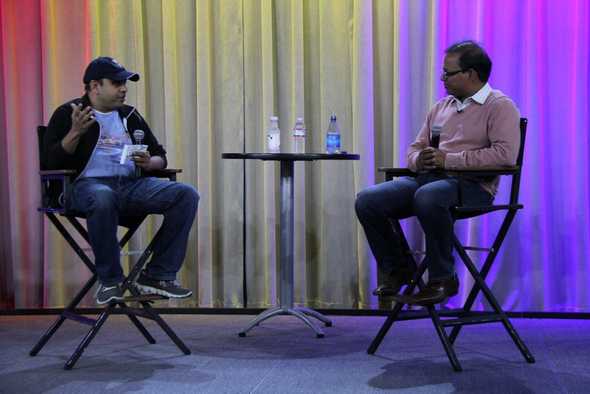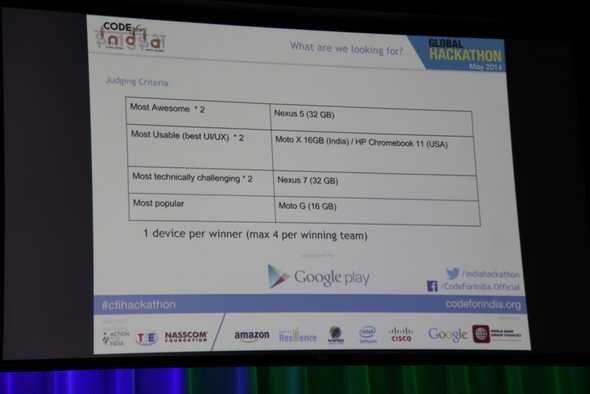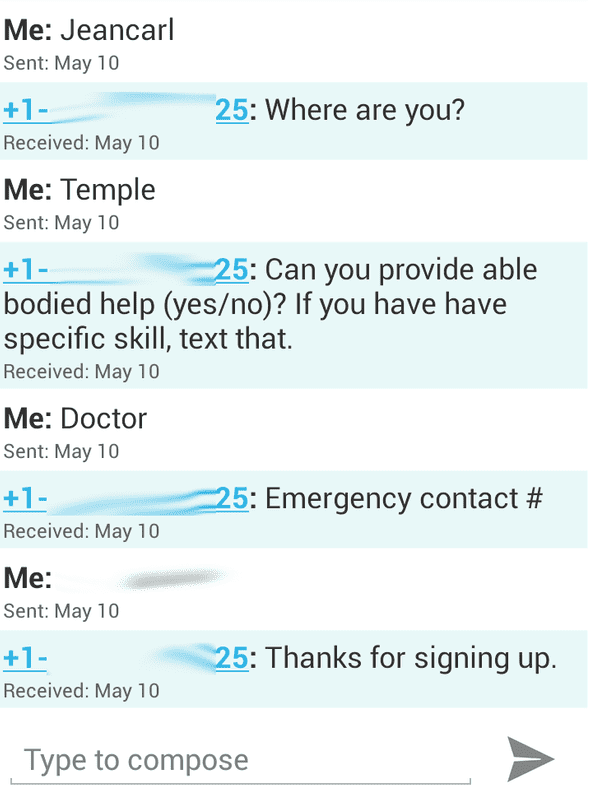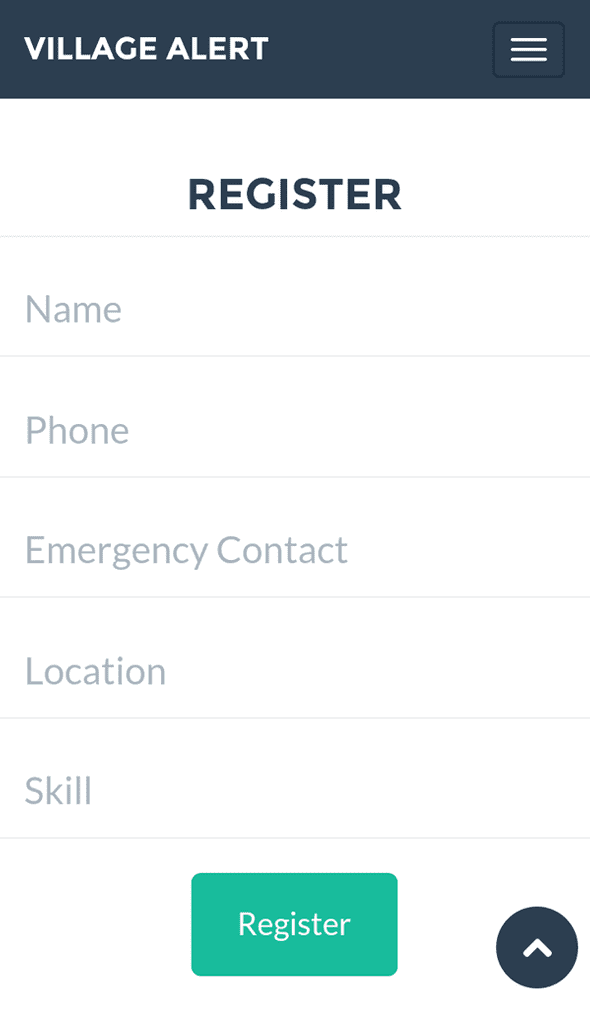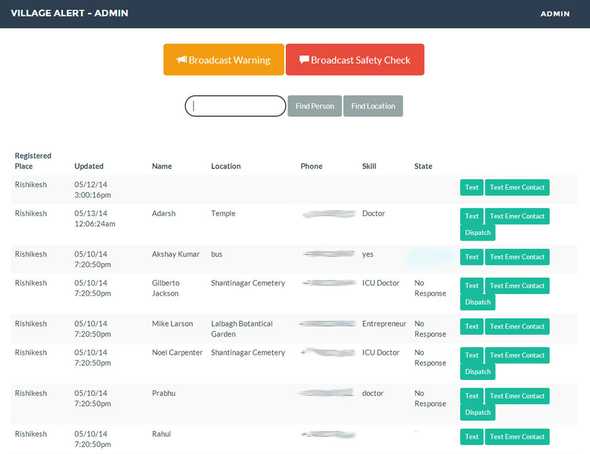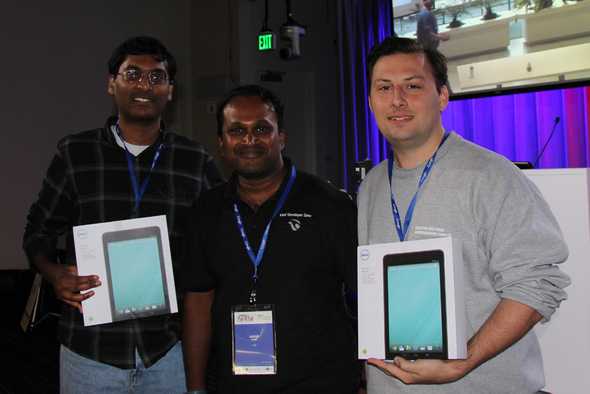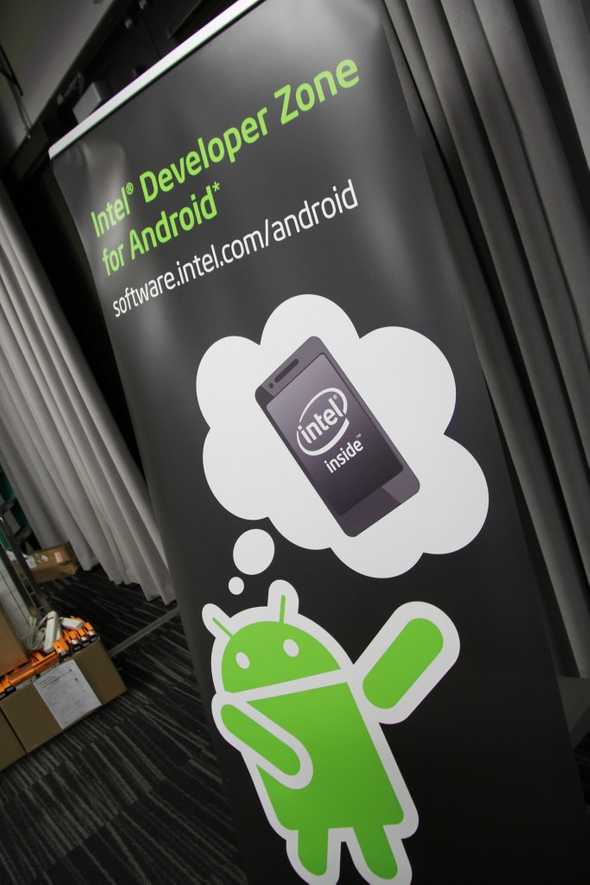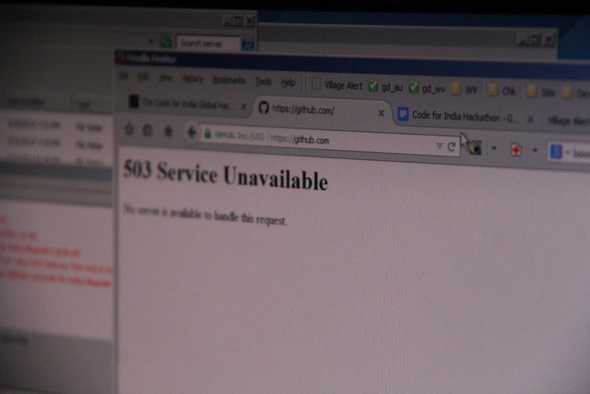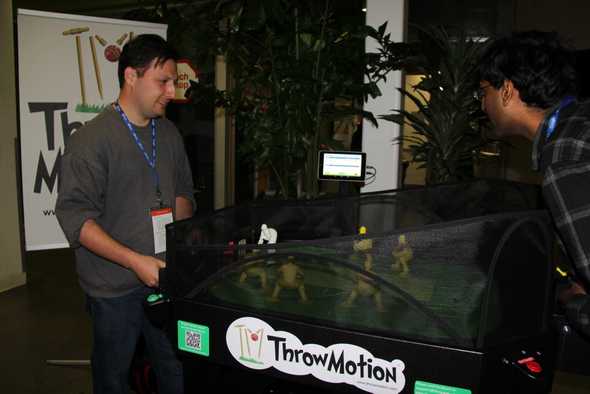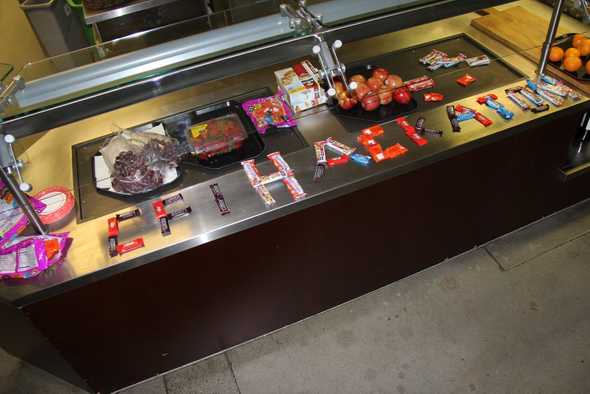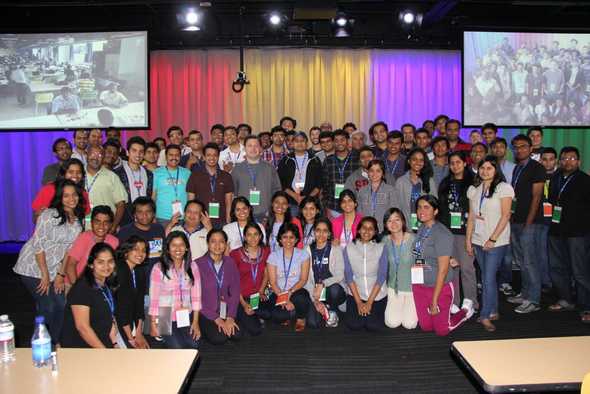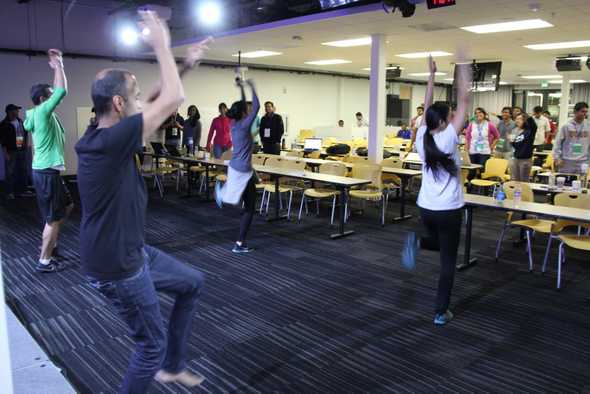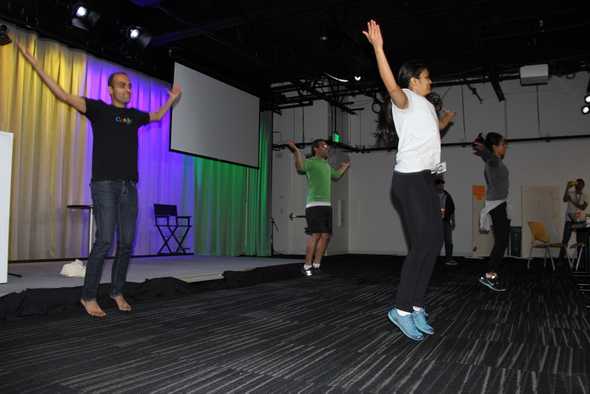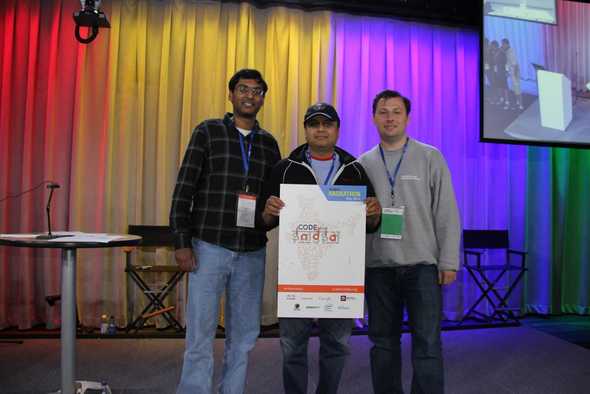Code for India Hackathon and Village Alert
Last weekend I participated in the Code for India hackathon at Google here in Mountain View. With 19 challenges from organizations around the world, and hackers participating at a Google office in Bangalore, India, the dual-location hackathon was sure to have an impact felt around the world.
Code for India is a technical community that promotes non-profit, open-sourced projects that can be used in India and around the world. Their mantra is “Think Local, Hack Global.” Volunteer developers, designers, engineers and domain experts build apps that empower marginalized communities with technology-based solutions to solve public service problems.
Being in the Silicon Valley bubble, we take technology for granted. Even parts of our own country have limited communications. Overseas, some villages don’t have accessible clean water, much less access to technology.
Amit Singhal, Senior Vice President at Google, said during an interview on Friday night, we can help not just by making apps, but by giving our time to help our fellow human beings live a better life that we are fortunate to have.
The Challenges
With 19 challenges that hackers could choose from to build in less than 24 hours, we had to make our decision quickly.
From preparing for emergency response, tracking emergency shelters, tracking money from contracts that are awarded for public goods and services, to trip planners to make delivery routes more efficient, to helping with daily food requirements of kitchens, to voter analytics, heritage preservation, to educational apps like teaching financial literacy, to the tracking the status of facilities at schools, to improving the idle time of cycle rickshaw pullers, to training frontline workers on farms, to teaching people about AIDS, and to a panic button app when in distress, these challenges covered quite a bit.
The challenge we felt most passionate about was about tracking everyone’s location before and after a disaster. During an emergency, communication is often hindered. Here in the Bay Area, when an earthquake strikes, the phone systems see a spike in activity. Family members outside the area try to call in to family in the area, or vise-versa, and may not be able to check on their loved ones due to busy signals. A simple reassurance is all that family members need, but overwhelm a system that should be used to communicate with emergency responders instead.
Village Alert
Village Alert purposely uses a basic form of communication today, text messaging. Nearly every cellphone has the capability to send text messages. Text messaging doesn’t overwhelm the cell phone networks as much as phone calls do, when lots of people send messages all at once.
When a visitor (or residents) enter a region (also referred to as villages), Village Alert signs will alert visitors to text their name to a phone number. This starts the process of registration.
With four simple questions, what your name is, where you are, what skills you have in an emergency situation, and an emergency contact number, you are added to the registry. Hopefully, nothing ever happens and this information is never used.
However, when a disaster occurs, or is about to occur, an Emergency Response Team (ERT) can filter registrants based on location or other criteria. ERT coordinators can dispatch warnings to a filtered set of contacts warning of things like an impending flood.
After a disaster, Village Alert can send out a status check to registrants. If you’re okay, you can respond you’re okay to be accounted for. If there is no response, ERT coordinators can be alerted to a potential problem. Emergency contacts can also be notified, if desired.
But with this database of contacts, we were hungry for something different than just another database. What if we could harness the skills of people already on the ground? During a disaster, we hear about volunteers traveling from other parts of the country, and even from other countries to help in the search and recovery process. Skilled visitors, already on the ground, could be utilized and directed immediately in this situation until more support arrives.
Village Alert specially asks what skills each registrant has. This way, ERT coordinators can dispatch impromptu teams of doctors, laborers, and volunteers to help in whatever response is necessary.
We also wanted to solve the problem of family members who are concerned about their loved ones’ wellbeing. If their loved one can’t make a call out, they can’t reassure their concerned family.
Family members can text Village Alert the phone number of a loved one who has registered with Village Alert. They will receive the last location and time the registrant checked in.
Offering multiple ways to get involved in this system and to utilize the network makes this solution more valuable to the community.
Intel XDK
We used the Intel XDK platform to build our mobile app. The XDK streamlines the process of building apps across devices and screen sizes.
Lessons Learned
We struggled with making this system work with the most basic phone, while still using the power of technology available today to make it easier to display the right amount of information on tablets.
During an emergency, or in very rural areas, communication systems may be limited or non-existent. How would a technical system function in these situations?
We didn’t want to build yet another registry, but a system with multiple uses. From the capability to check on a loved one to building an impromptu team of skilled volunteers already on the ground, we tried to use to data in more meaningful ways.
The dual-location hackathon was also interesting. Bangalore is 12.5 hours ahead of Mountain View. When we were awake, they were asleep, and vice-versa. Preliminary judging started at 7pm and went on for four hours. Twelve teams were selected to present on stage. The finalists were announced at 1:30 in the morning.
Even Github goes down. 20 minutes before the coding deadline, Github returned a 503 response. Always have your code available in another place.
Fun and Games
A short hackathon and having lots to do is always a good excuse to have some fun.

